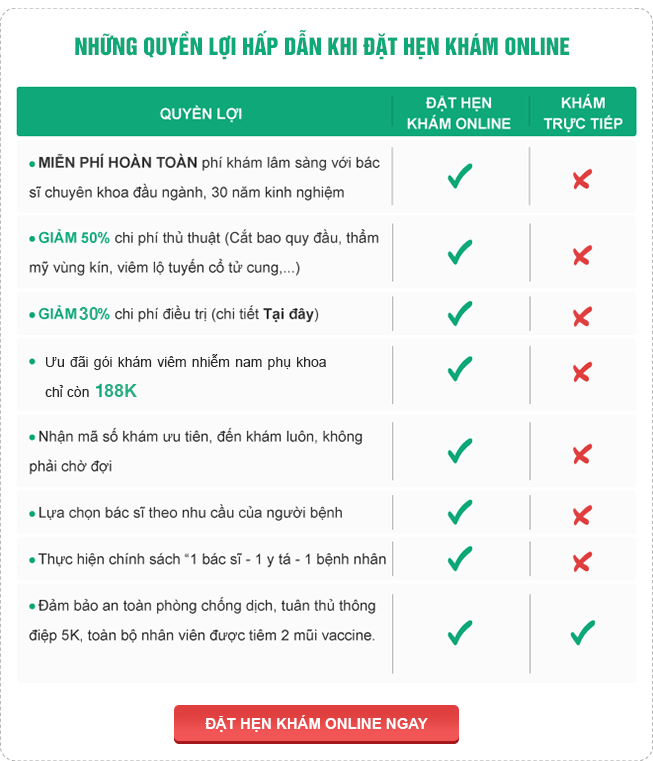Unfavorable Variance: In-Depth Definition, Types, Causes, and Example Financial Terms Explained
Budgets are important to corporations because it helps them plan for the future by projecting how much revenue is expected to be generated from sales. As a result, companies can plan how much to spend on various projects or investments in the company. It identifies whether fixed overhead costs are being efficiently absorbed. Large variances may signal issues in forecasting, capacity utilization, or production planning.
Danh Mục
- 1 Why Your Net Worth Calculator Is Gaslighting You: The Need for Inclusive Financial Planning
- 2 For Labor Efficiency Variance
- 3 What Is a Budget Variance?
- 4 How Margaryta Improved Her Life While Passing the CPA Exams
- 5 Factors that Result in Unfavorable Variance
- 6 What Is the Working Capital Ratio? Explained for Australian Businesses (
Why Your Net Worth Calculator Is Gaslighting You: The Need for Inclusive Financial Planning
However, a favorable variance may indicate that production expectations were not realistic in the first place, which is more likely if the company is new. A negative variance occurs where ‘actual’ is less than ‘planned’ or ‘budgeted’ value. Examples would be when the raw materials cost less than expected, sales were less than predicted, and labour costs were below the budgeted figure.
The unfavorable variance could also be due, in part, to lower sales results versus the projected numbers. Variance analysis is crucial for what does an unfavorable variance indicate understanding the financial performance of a business. It helps identify discrepancies between planned and actual performance, allowing management to investigate causes, adjust strategies, and make informed decisions. This analysis is vital for effective budgeting, forecasting, and risk management. When considering the reasons behind a favorable or unfavorable budget variance, one must also consider if the variances were actually controllable or not. If the variance was ‘controllable’, it means the costs incurred were originally within management’s ability to control.
For Labor Efficiency Variance
- Along with product costs and labor costs, accountants must allocate fixed overhead expenses to inventory cost.
- By understanding what drives it and responding proactively, Australian businesses can stay agile and protect their bottom line in 2025 and beyond.
- By examining unfavorable variances, organizations gain insights into areas where corrective actions are necessary to improve financial performance.
- Our mission is to empower you with the tools and knowledge you need to make informed decisions, understand intricate financial concepts, and stay ahead in an ever-evolving market.
- Understanding where the variance took place in your budget can help you keep track of your business tracking and accounting.
- Background Company A, a mid-sized manufacturing firm, experienced significant fluctuations in its labor costs over several quarters.
A company may not have hired enough sales staff to bring in the projected number of new clients. A management team could analyze whether to bring in temporary workers to help boost sales efforts. Management could also offer target-based financial incentives to salespeople or create more robust marketing campaigns to generate buzz in the marketplace for their product or service. Understanding the reasons behind variances allows management to make informed decisions. For example, identifying a favorable revenue variance can lead to strategic decisions to capitalize on market trends or customer preferences. By regularly analysing variances, companies can refine their budgeting and forecasting processes, making them more accurate over time.
What Is a Budget Variance?
A favorable variance occurs when net income is higher than originally expected or budgeted. Analyzing labor variances is critical for effective cost management and operational efficiency. It provides insights into how well a company controls its labor costs and utilizes its workforce. Regular variance analysis helps management identify areas where labor costs deviate from the budget, enabling them to take corrective actions promptly.
Although 10% is a common industry standard, it’s not a one-size-fits-all figure. If your organization has limited cash reserves, you may opt for a more conservative threshold, aiming to keep variances under 5%. This formula helps in expressing the variance as a percentage, making it easier to assess the significance of the deviation. Variance is a measure of the deviations of individual values from the mean.
How Margaryta Improved Her Life While Passing the CPA Exams
- A company may not have hired enough sales staff to bring in the projected number of new clients.
- Similarly, if a project is expected to take 1,000 labor hours but requires 1,200 hours due to inefficiencies, the additional 200 hours create an unfavorable labor efficiency variance.
- During the budgeting process, a company does its best to estimate the sales revenues and expenses it will incur during the upcoming accounting period.
- These operational improvements, while beneficial in the short term, also set the stage for sustained long-term performance.
- For business owners wanting to say goodbye to accounting headaches, we have a tool to help you – our DIY Accounting Rescue Kit.
These discrepancies can result from higher-than-expected wage rates, overtime expenses, or lower-than-anticipated worker productivity. If a company budgets $20 per hour for labor but pays $22 due to union contract renegotiations, the $2 per hour difference results in an unfavorable labor rate variance. Similarly, if a project is expected to take 1,000 labor hours but requires 1,200 hours due to inefficiencies, the additional 200 hours create an unfavorable labor efficiency variance. Conversely, for revenue variances, an unfavorable label is assigned when the actual revenue generated is lower than the budgeted or standard revenue. If a company projected to sell an item for $100 but only achieved an average selling price of $95, the $5 difference per unit represents an unfavorable sales price variance. An unfavorable sales volume variance occurs if fewer units were sold than originally planned, such as selling 900 units instead of a budgeted 1,000 units, leading to a shortfall in expected revenue.
Factors that Result in Unfavorable Variance
Poor working conditions and low morale can reduce efficiency, resulting in unfavorable variances. The availability and condition of materials and tools are crucial for efficient labor performance. If materials and tools are readily available and in good condition, workers can perform tasks more efficiently, resulting in favorable variances. Shortages or poor-quality tools can hinder productivity, causing unfavorable variances.
Isolating changes and taking immediate action can make variance analysis a critical part of your operations. Using these analyses of your budget variances to take appropriate actions can help you make better business decisions and save you a lot of money. Here are a few questions you can ask yourself when investigating unfavorable variances.
By understanding the causes and types of unfavorable variance, businesses can identify potential issues early on and take appropriate actions to rectify them. Remember, accurate budgeting, staying responsive to market conditions, and maintaining operational efficiency are key to minimizing the impact of unfavorable variances on long-term financial success. Unfavorable variance occurs when actual financial outcomes fall short of expectations or budgets. In simple terms, it’s when costs are higher or revenues are lower than planned, leading to a negative impact on profits. For example, if a business budgets $100,000 for quarterly expenses but ends up spending $120,000, the $20,000 overspend is an unfavorable variance.
What Is the Working Capital Ratio? Explained for Australian Businesses (
You buy in bulk but after three months, the price dramatically increases, something you had not counted on. As a result you are spending more than expected on materials, and this price variance is costing you. Now when you look at your financial statements you see an unfavorable variance.
It is the normal capacity that the company or the existing facility can achieve for the period. This figure is usually included in the budget of production that is planned or scheduled before the production starts. It’s often used in standard costing, variance analysis, and management reporting for manufacturing and production-based businesses. If demand for a product decreases unexpectedly, it can lead to an unfavorable variance. Similarly, an unexpected increase in demand can result in a favorable variance.
An unfavorable variance occurs when the cost to produce something is greater than the budgeted amount. A favorable variance may indicate to the management of a company that its business is doing well and operating efficiently. As a company grows, it may have learned ways to produce more without a need to increase its expenses, resulting in a higher revenue stream.







